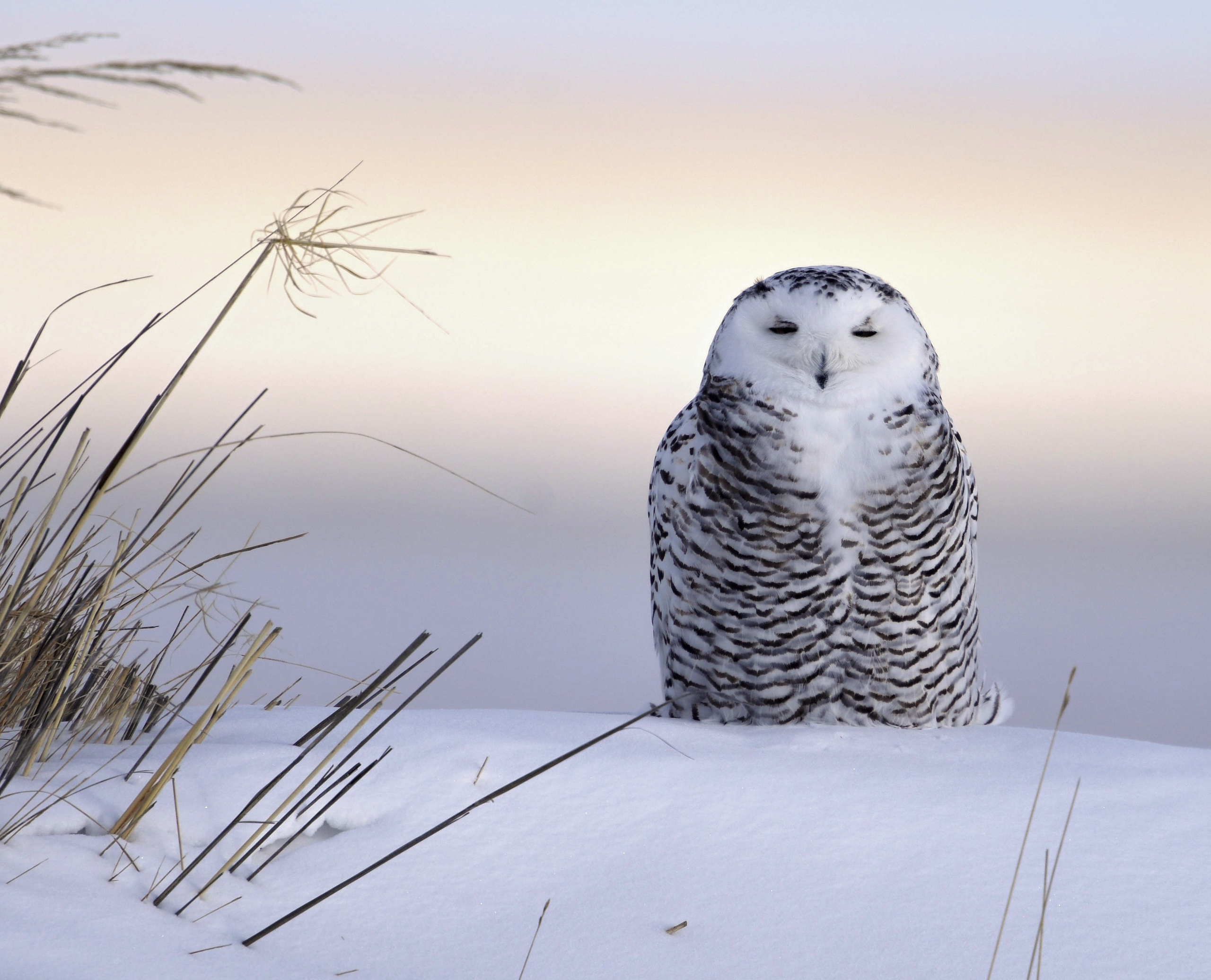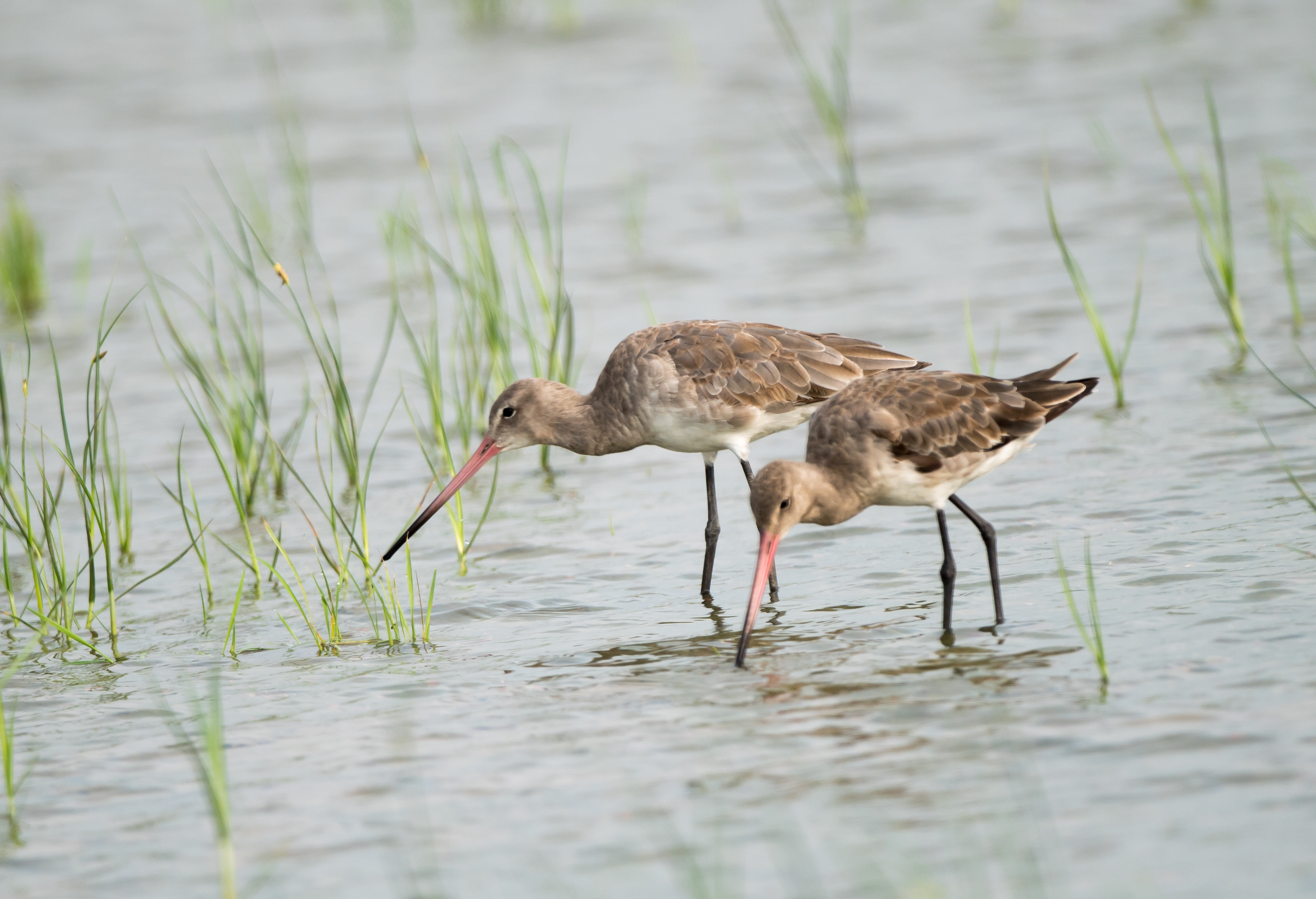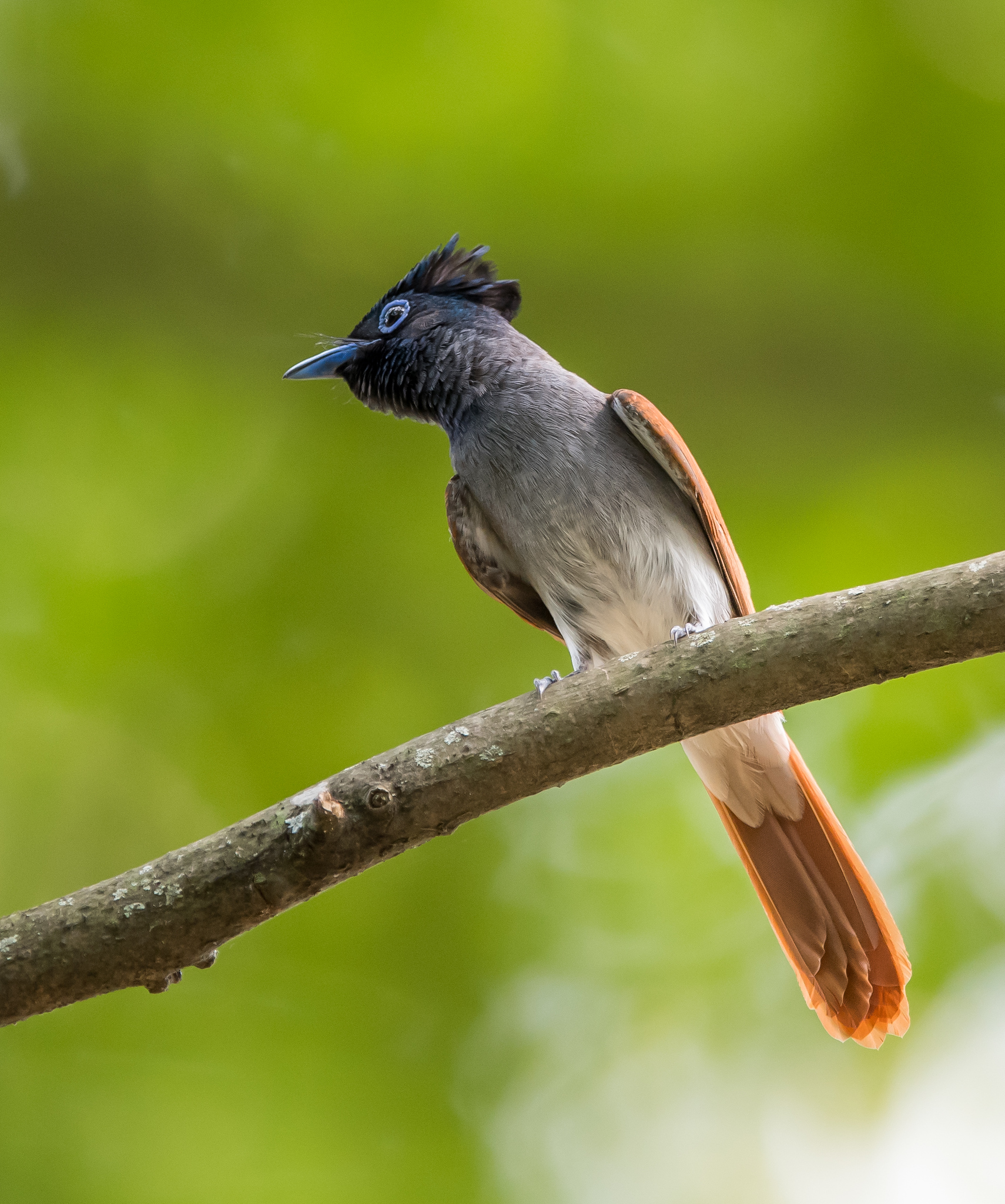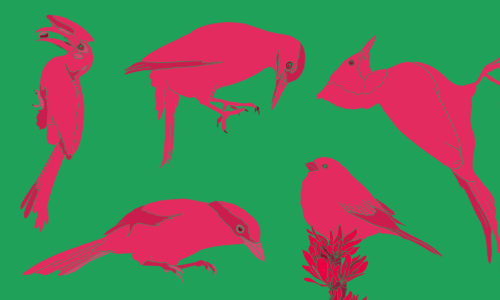Photographers clash with conservationists as birding takes off in China
The hobby of birdwatching is growing in China. But with the increased interest has come increased risks to the feathered wildlife.

Each spring and fall, the organization Beijing Birders teams up with Peking University and hoists listening devices onto the 15th-floor roof of the Asian International Investment Bank to count the birds. What they hear is a cacophony, as more than a hundred species pass through Beijing’s sky each migration cycle.
Watching the birds is a niche yet growing hobby that brings together specialists, enthusiasts, and the curious alike. They are helped by a growing number of apps and online groups that have made a solitary hobby somewhat social — and importantly, enable watchers to get to a sighting spot fast. China’s 140,000 birdwatchers, as counted by a collective of birdwatching organizations in 2018, have likely doubled, said this year’s surveyors.
But with the increased interest has come increased risks to the birds. Ma Chenyue, program manager of International Fund for Animal Welfare (IFAW), told the Roundtable China podcast that its Beijing Raptor Rescue Center received more than 90 distressed birds of prey in June. Happy that more people were taking action, she worried it meant incidents were becoming more frequent.
“We’re at that phase when the community has expanded quickly, but it’s not yet at the level where responsible behavior is the norm,” said Terry Townshend, the investment bank project’s chief birdcall coder. “Some elements of the photography community are putting pressure on wildlife.”

The village of Mingxi in Fujian Province attracted 7,000 bird watchers to its flyby site in May. Student Lin Qiaohan told CCTV4 of her delight in attending this year’s Big Beautiful Jingshan Birdwatching Paradise in rural Hubei: “I have spotted more than 20 different birds and gotten a lot out of this,” she said. Activities included a “birdwatching carnival,” said organizers.
Some will stop at nothing to add new birds to their collection of images, to share on social media or platforms popular among birders like Douban. They are often tempted to trim back the reeds that protect nesting sites or play bird calls to entice their targets, worrying them for the sake of a good shot.
Best practice is to protect the birds you’re observing from the very sight of humans, Li Shaowen, a retiree bird photographer, explained to listeners of the Roundtable China podcast. “If a chick falls out of the nest when it’s almost ready to fly, it’s important to leave it alone, as then it will get fed,” he said. At the Beijing Raptor Rescue Center, rehabilitators don foliage to feed the injured birds in their care.
Some birders, who Kai Pflug, a Shanghai bird photographer, understatedly called “not the most environmentally friendly of hobbyists,” treat Nanhui, the city’s closest bird mecca, like “a day out at a tea shop, but in the open air.” They may holler at the birds to get them flying. “I’ve clashed with them a couple of times,” he said, adding that they often thank him for picking up their trash.
Meanwhile, by the Wenyu River in an eastern suburb of Beijing in the summer of 2022, up to 100 photographers were staked out trying to get a glimpse of the oriental scops, a photogenic micro-owl that hides in trees. People complained online, forcing local authorities to fence off its nest, letting the bird breed in relative peace.
Increased intervention
The authorities weren’t always so interested. Townsend moved to Beijing in 2010, and for the first four or five years, he recalled, they couldn’t care less if he reported birds trapped in nets, a common practice back then. “These days,” he said, “if the police receive a public complaint, they will generally act on it.”
The turning point might have been in 2018. With little warning, land reclamation on the coast was banned outright. A national plan to gain world heritage status for sites up and down the coast was set in motion. Phase two, extending to another dozen places, will be rolled out from next year.
The directive halting development on reclaimed coastal land was “a huge breakthrough,” said Townsend, “as the biggest imminent threat to shorebirds has been taken away.”
China has shown a willingness to uphold its new rules, to the experts’ delight. The country’s oldest NGO, Friends of Nature, sued Blue Lagoon in Lianyungang development in Zhejiang over a proposed “ecological restoration” that would have turned the area into a playground for people, at the expense of resting birds. In 2021, the courts ordered a halt to the company’s plan.
Now that the highest authorities have come out in favor of intervention to save the birds, the tidal mudflat area Yancheng in Jiangsu has become a national nature reserve and a global center for the study of China’s coastal wetlands. It will host the World Coastal Forum from September 25 to 27 this year. Setting up a research center will bring further attention and hopefully more funding to conservationists. It’s not a route most cash-strapped local authorities can afford to go down.
Experts take heart from the fact that 10 years ago, “it felt like we were witnessing the end of a flyway,” said Theunis Piersma, a Dutch biologist. When he began researching the disappearance of China’s extensive tidal flats, the worry was that China was going to lose all its wetlands to development. “It doesn’t feel like that any longer,” he explained on a Paulsson Institute video about saving China’s flyway.

Good intentions aside, a degree of rigidity often trips up China’s officials. “Boundary definitions based on today’s importance may need to be flexible,” Townshend explained, as “coastal wetlands are dynamic ecosystems: those areas that are important today may not be so important tomorrow due to sea level, tidal movements and changes in sediments delivered by the major rivers.” Regulations need to be clearer and legal provisions broader, in order to support China’s thriving birdwatching community, Greenpeace’s China biodiversity research team has found.
Meanwhile, the protection of wildlife and their habitats needs a heavy dose of experiential education for visitors. Tourist developments on unprotected parts of the coast often overlook bird populations. “Some tourists will drive big four-wheeled buggies on the beaches. Sometimes they will pick up a camera that’s surveilling a nest, not knowing what it is. We lose valuable footage that way,” said Beijing birder Yan Yiru, a Greenpeace employee, describing her month-long stay on a peninsula off the Fujian coast, nest-watching as part of a PhD program.
“Local people don’t really help,” Yan added. “They don’t know that these birds may later abandon these spots if they’re disturbed.” Caught on infrared camera, the fishing communities of the peninsula burn their trash in view of nesting plovers. “It’s very sad when, behind a nest, you can make out black smoke, poisoning the birds,” she told me.
For the birds
For all the apathy in the wider population, China does have its vigilantes that counter harmful practices in a forceful way. One such group Pflug described is based in Shanghai. They report illegal bird traps to the authorities, but not before taking down as many as they can. In June, the group went to Jiaxing in Zhejiang Province to patrol villages near the Yangtze River. They found 37 bird-catching nets, and were able to dismantle nine of them, before sending the evidence to officials.

Although it’s clear among keen birdwatchers that “the community has to polices itself and responsible members should demonstrate that bad behavior is not acceptable,” according to Townshend, activism can be hit or miss depending on how requests are received by responsible agencies. Yan was delighted to find a reed parrotbill nest last winter to the west of Beijing. Her excitement at seeing the class-two protected species faded fast as she tracked news of the nest online. “Only two days after I saw them, the place went viral. Videos showed that some of the birds had their wings glued. Someone called 110, and a car was sent to rescue them. But we lost track of where they were sent.”
For birds returning from Siberia or the Arctic Circle, “rush hour” on Asia’s busiest flyway came earlier than expected this fall, indicating that summer breeding may not have been successful. For followers of the spoon-billed sandpiper, down to 200 to 300 breeding pairs, the news is most unwelcome. The majority of birds don’t dwell in China long-term, but during their commute, Pflug explained to me, you can glimpse incredible species if you’re fast enough.
Take the bar-tailed godwit. Research in the last decade has found it shrinks its gut and enlarges its heart in preparation for the longest-recorded nonstop flight — from Siberia to New Zealand — a distance of some 13,000 kilometers (more than 8,000 miles). “For each species, you may have a window of a week to see them. If you wait, they’ve probably already gone,” Pflug said.
Sights like these are fueling China’s growing birding community. If the energy of China’s bird nerds and curio seekers is harnessed the right way, it can go some way toward helping maintain diversity among the many bird species that stop by China to rest in its reeds, strut along its mudflats, and chew on its delicious sandworms, paparazzi notwithstanding.


